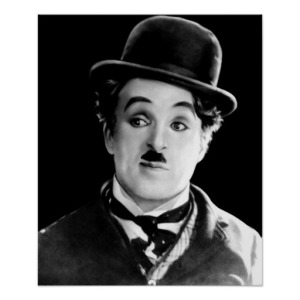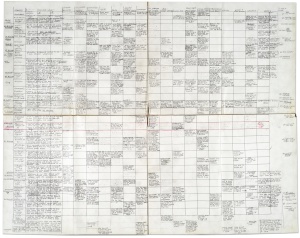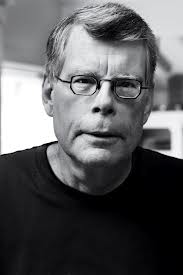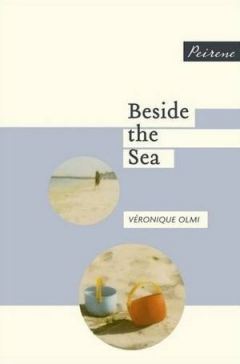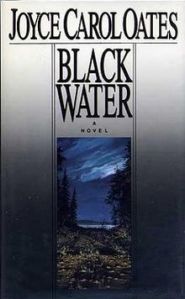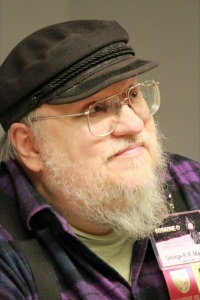- Animal Farm – George Orwell

Always the top of any list concerning novellas, and one of the most talked about novellas ever published, Animal Farm is an allegorical and dystopian novel, originally published in 1945.
Set on the fictitious Manor Farm, an old pig named Major tells the other animals of a dream that he had about a perfect world where all animals live in harmony, without humans. Three younger pigs, Snowball, Napoleon and Squealer, take up his mantle when he dies, leading the farm animals to drive out the human farmer. Things take a turn for the worst, though, when the animals’ behaviour begins to mirror that of their former owners…
2. Of Mice and Men – John Steinbeck
Still used in schools to this day as an academic novella, Of Mice and Men is set during the Great Depression of 1929 – 1940s and was published in 1937.
Two men, Lennie and George, travel across America in search of work. Lennie is severely handicapped but George, his best friend, looks after him and prevents him from getting into too much trouble. They settle down on a farm and try to live the American Dream, but not all goes according to plan.
3. Metamorphosis – Franz Kafka
Cited as one of the seminal works of fiction of the twentieth century, Metamorphosis is a philosophical novella that is studied in colleges and universities across the Western world. It was originally published in 1915.
This strange novella starts with Gregor Samsa waking up one morning to find he has transformed into a giant beetle. When he is seen by his family, he is attacked and shunned. Only his sister shows him any kindness, feeding him scraps of garbage, and his family begins to suffer as he was the sole bread winner and can no longer go to work. Whether you see Gregor’s transformation as literal or metaphorical, Metamorphosis is still an incredibly powerful read.
4. A Christmas Carol – Charles Dickens
One of Charles Dickens’ most celebrated works of fiction, A Christmas Carol has been adapted a great many times into film including a Muppet’s Christmas Carol and Disney’s A Christmas Carol. It was originally published in 1843.
The novella opens on Christmas Eve with Ebenezer Scrooge, a nasty old man who hates Christmas and sends everyone away with a hearty ‘Bah, Humbug!’, counting money and refusing to allow his workers to light a fire, due to the price of coal. He goes home and is visited by the spirit of his dead partner, Jacob Marley, who tells him he must change his ways or he will suffer in the afterlife. He also tells of three ghosts that will appear later that nightthe ghosts of Christmas Past, Present and Future. Not to be confused with The Muppet Christmas Carol.
5. The Strange Case of Dr. Jekyll and Mr. Hyde – Robert Louis Stevenson
The original title of the novella written by Stevenson; in recent years it has been shorted to Dr. Jekyll and Mr. Hyde, or simply Jekyll and Hyde. It was published in 1886.
Set during the Victorian era, a scientist called Dr. Jekyll finds a way to manipulate his own psyche. By using a potion, he splits himself into two separate entities inside one body. He calls this new entity, devoid of a conscience, Mr. Hyde. Dr. Jekyll enjoys turning into this monstrous, disfigured brute until Mr. Hyde kills another member of the public…
6. A Clockwork Orange – Antony Burgess
A dystopian novella that has, in recent years, been reworked into a stage play and a film, it was originally banned across America for its graphic and disturbing content, and the moral questions is raises. It was originally published in 1962.
In Burgess’ future world, youths are extremely ‘ultra-violent’ and the general populace do not bat an eye. The novella follows fifteen year old antihero Alex, the leader of a gang, and is written in Nadsat, the slang dialect invented by Burgess for his dystopian vision.
7. Breakfast at Tiffany’s – Truman Capote
The main character of this novella, Holly Golightly, is one of Capote’s best-known creations and an American cultural icon. It was published in 1958.
The story is narrated by a writer who moves into an apartment near Holly’s, and chronicles their growing relationship as the narrator learns more and more about her past.
8. Flowers for Algernon – Daniel Keyes.
A science fiction ‘short story’ (and subsequent novella) that was originally published in 1959.
The entire story is told through the ‘progress reports’ of Charlie Gordon, a mentally retarded man who is chosen for an experiment after being put forward by his teacher, Alice. The experiment has been done before, on a mouse called Algernon. This mouse has extremely enhanced mental capabilities, and when Charlie undergoes the same treatment, he too becomes incredibly intelligent.
9. The Old Man and the Sea – Ernest Hemingway
The last major work of fiction to be produced by Hemingway and published in his lifetime, it was released in 1952.
An old man named Santiago goes fishing every day for eighty four days without catching anything. His apprentice, Manolin, is taken away from him by his parents because of his unlucky streak. On the eighty fifth day, he goes out further than before and hooks a huge marlin. It drags him out to sea for two days and two nights, the novella telling the story of Santiago’s struggle with the fish.
10. The Stranger – Albert Camus
The Stranger, also known in some translations as The Outsider, appears in many listings for top novellas. It was originally published in 1942.
It follows Meursault, the narrator, as he commits a senseless and irrational murder, and the trial that follows. Philosophically and ethically, it raises more questions than you can shake a stick at, but there’s also an incredibly well-crafted story behind the nods to existentialism
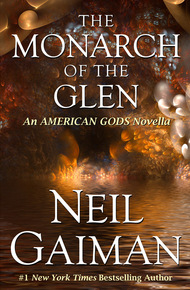 Does the future of the novella lie in augmenting existing novels?
Does the future of the novella lie in augmenting existing novels?